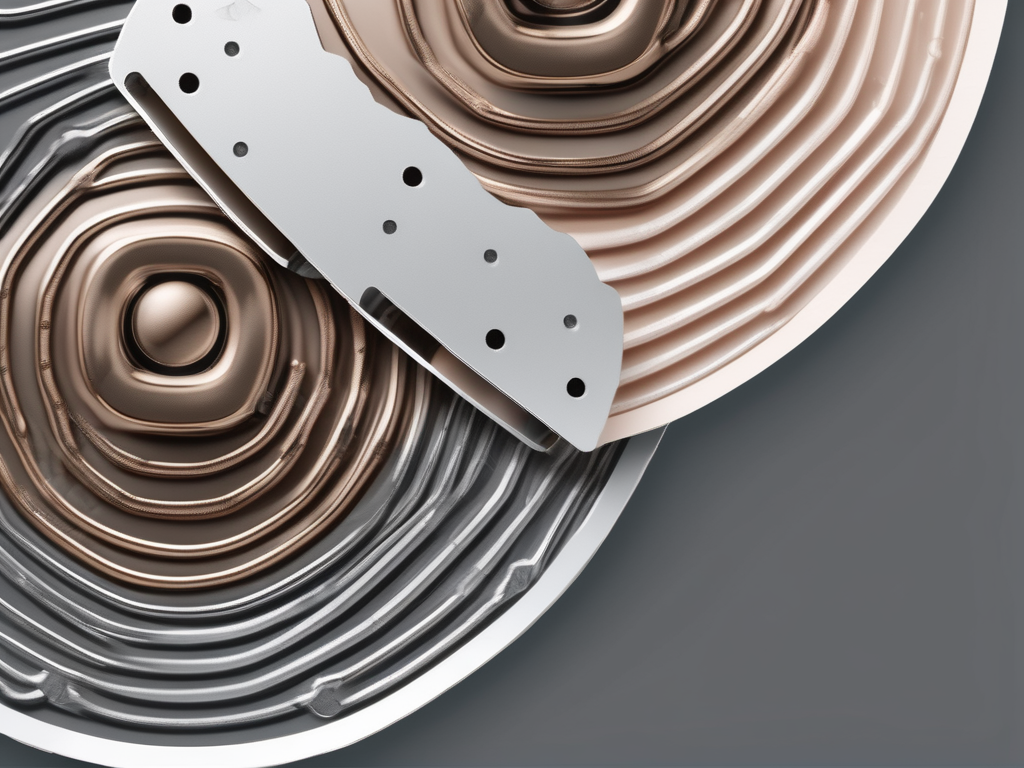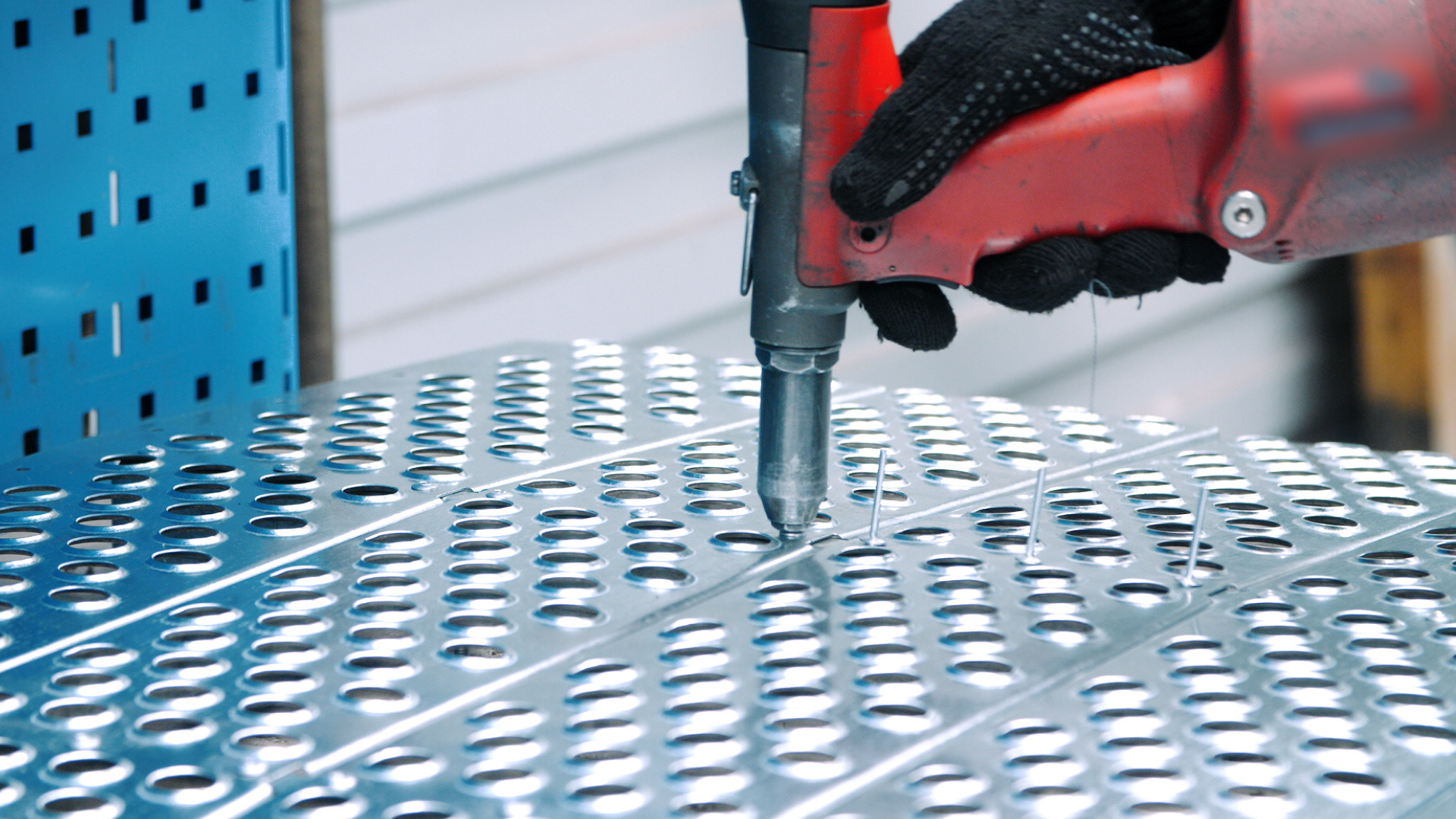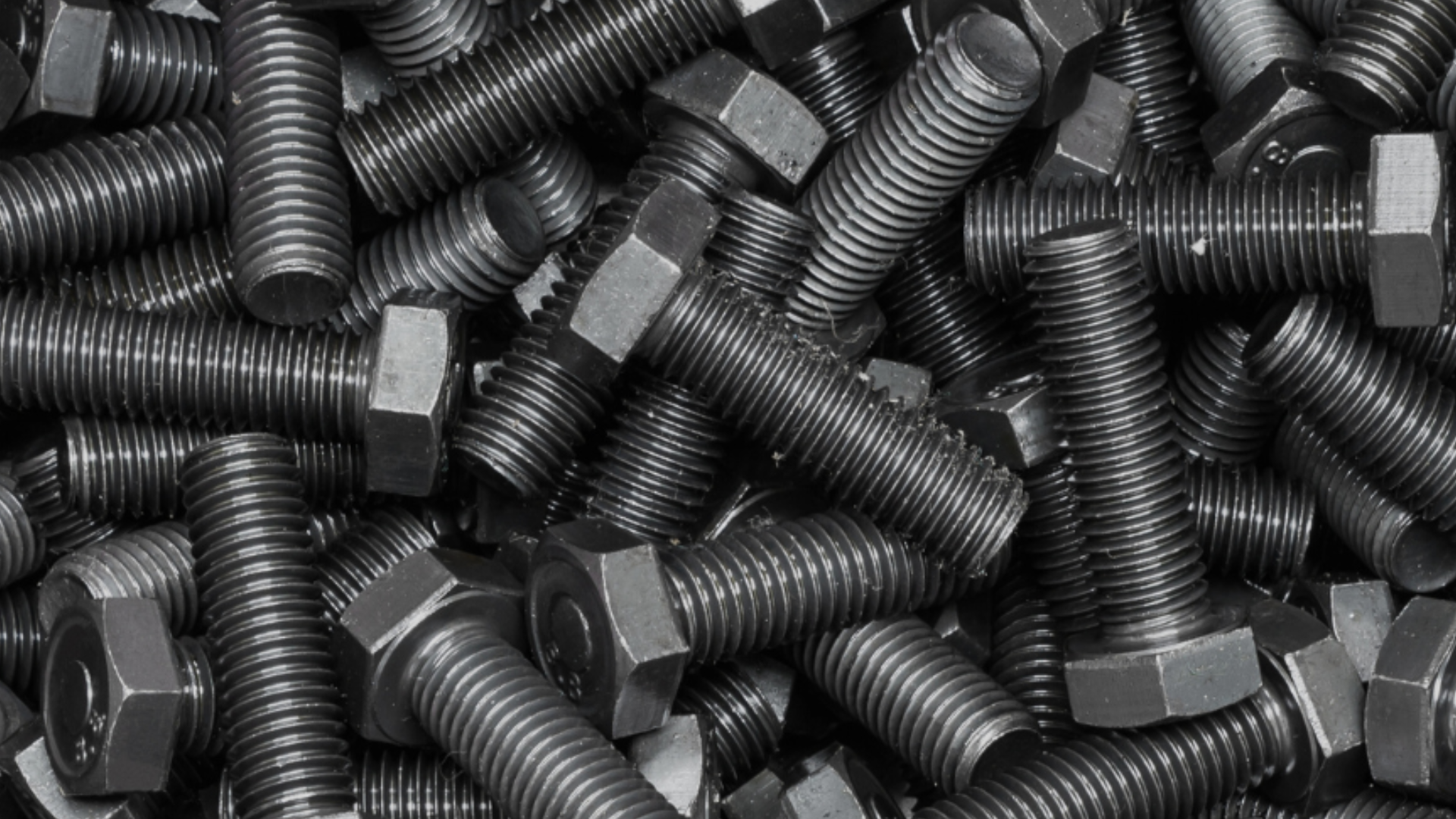Dross, the impurities that form on the surface of molten metals during various metalworking processes, is a significant challenge for manufacturers. Not only does it affect the quality of the metal produced, but it also leads to a loss of valuable resources. In this article, we will explore the basics of dross management, traditional techniques, and cutting-edge technologies that are revolutionizing the industry. We will also delve into case studies, the role of automation, environmental benefits, overcoming challenges, best practices, and future trends in dross management.
Table of Contents
Understanding the Basics of Dross and its Impact on Metal Recovery
What exactly is dross, and why is it important for metal recovery? Dross is the result of oxidation and the accumulation of impurities on the surface of molten metals. It consists of a mixture of metal oxides, fluxes, and other contaminants. This byproduct not only reduces the yield of the desired metal but also affects its quality. Managing dross effectively is crucial for maximizing metal recovery and minimizing waste.
Dross formation varies depending on the metal and the specific manufacturing process. For example, aluminum dross is a common byproduct in the aluminum industry. Understanding the characteristics of dross and its impact on metal recovery is essential for implementing effective dross management strategies.
One of the key challenges in dealing with dross is its composition. The composition of dross can vary significantly depending on the type of metal being processed and the specific manufacturing process. For instance, in the aluminum industry, aluminum dross can contain a range of metal oxides such as aluminum oxide, magnesium oxide, and silicon oxide. Additionally, it may also contain fluxes and other impurities that were present in the raw materials used in the manufacturing process.
Another important factor to consider when managing dross is its physical properties. Dross is typically a solid material that forms on the surface of molten metals. Its appearance can vary from a powdery substance to a more solid mass, depending on the specific conditions under which it is formed. The physical properties of dross can have a significant impact on its handling and processing. For example, powdery dross may be more easily separated from the molten metal, while a more solid mass may require additional steps for effective removal.
Traditional Dross Management Techniques: Pros and Cons
Over the years, various traditional techniques have been used for dross management. These include manual skimming, rotary furnaces, and thermal processing. While these techniques have been widely adopted, they also have their limitations.
Manual skimming involves physically removing the dross from the surface of the molten metal. While this technique is simple and cost-effective, it is labor-intensive and time-consuming. Moreover, manual skimming may result in incomplete dross removal and can lead to metal losses.
Rotary furnaces are another commonly used method for dross management. They employ high temperatures and mechanical agitation to separate the dross from the molten metal. This technique offers better dross separation efficiency compared to manual skimming. However, it requires significant energy consumption and may not be suitable for all types of dross.
Thermal processing techniques involve subjecting the dross to elevated temperatures to recover valuable metals and cleanse the remaining residue. While this method can be effective, it often requires additional capital investment and consumes substantial energy.
Exploring Cutting-Edge Technologies for Dross Separation and Recovery
In recent years, innovative technologies have emerged that are revolutionizing dross separation and recovery. These technologies aim to improve efficiency, reduce energy consumption, and enhance overall metal recovery rates.
One such technology is electromagnetic stirring. By applying electromagnetic fields to the molten metal, this technique promotes better dross separation and increases the recovery of valuable metals. Not only does it improve the quality of the final product, but it also enhances the overall efficiency of the metalworking process.
Another cutting-edge technology gaining traction is the use of ultrasonic waves. Ultrasonic vibration applied to the molten metal causes micro-agitation, resulting in efficient dross separation. This non-invasive and energy-efficient method has shown promising results in terms of both dross removal and metal recovery rates.
Furthermore, advanced filtration systems are being developed and implemented to remove fine dross particles from the molten metal. These systems ensure higher purity levels, reducing the need for further refining and enhancing overall productivity.
Case Studies: Successful Implementation of Innovative Dross Management Strategies
Real-world case studies provide valuable insights into the successful implementation of innovative dross management strategies. Manufacturers across various industries have achieved remarkable results by adopting cutting-edge technologies and best practices.
For example, a leading aluminum manufacturer implemented an electromagnetic stirring system, resulting in a 25% increase in metal recovery rates and a significant reduction in dross formation. This not only improved the overall productivity of the plant but also minimized waste and increased profitability.
Another case study involves a steel mill that implemented an ultrasonic wave technology. By utilizing this innovative approach, the mill achieved a 30% reduction in dross formation and an improvement in the quality of the final product. The advanced filtration system also played a vital role in maximizing metal recovery rates.
The Role of Automation in Maximizing Metal Recovery from Dross
The integration of automation technologies has revolutionized the metalworking industry, including dross management. Automated systems offer several advantages, including increased efficiency, accuracy, and consistency.
Automated dross handling and separation systems enable precise control and real-time monitoring of the metalworking process. They can significantly reduce manual labor, minimize human error, and enhance metal recovery rates. Advanced sensors and algorithms help optimize process parameters, ensuring optimal dross removal and improving overall productivity.
Environmental Benefits of Efficient Dross Management
Efficient dross management not only offers economic advantages but also contributes to environmental sustainability. Minimizing dross formation and maximizing metal recovery reduces waste generation and conserves natural resources.
By adopting innovative dross separation technologies, manufacturers can reduce greenhouse gas emissions associated with conventional dross management techniques. Furthermore, improved energy efficiency and the use of eco-friendly processes contribute to a greener and more sustainable manufacturing industry.
Overcoming Challenges in Dross Handling and Processing
While innovative strategies and technologies offer significant improvements in dross management, challenges still exist. One of the challenges is the diversity of dross compositions and properties, requiring customized solutions for different metals and manufacturing processes.
Another challenge lies in the high temperatures involved in dross processing, which requires efficient cooling and heat dissipation systems to ensure worker safety and equipment longevity. Additionally, the cost of implementing cutting-edge technologies and the need for skilled operators are important factors to consider.
However, with ongoing research and development, these challenges are being addressed, and manufacturers are finding innovative solutions to overcome them.
Enhancing Efficiency: Best Practices for Dross Collection and Segregation
To maximize metal recovery and minimize waste, adopting best practices for dross collection and segregation is crucial. Some key best practices include:
- Ensuring regular cleaning and maintenance of crucibles and holding furnaces to prevent excessive dross buildup.
- Implementing proper sampling and analysis techniques to accurately determine the composition of the dross and optimize separation techniques.
- Investing in advanced dross collection systems that effectively capture and segregate dross from the molten metal.
- Implementing proper storage and disposal procedures to comply with environmental regulations.
By following these best practices, manufacturers can enhance efficiency, improve costs, and optimize metal recovery rates.
Future Trends in Dross Management: What to Expect in the Industry
As the metalworking industry continues to evolve, dross management is expected to witness further advancements and innovations. Several future trends are emerging that will shape the industry:
- Integration of artificial intelligence and machine learning algorithms to optimize dross separation parameters and predict dross formation.
- Development of advanced dross characterization techniques to efficiently analyze dross composition and aid in process optimization.
- Exploration of alternative energy sources and eco-friendly processes to further reduce carbon emissions during dross management.
- Continued research and development of novel dross separation technologies for improved metal recovery rates and overall process efficiency.
By staying abreast of these trends and adopting innovative strategies, manufacturers can stay ahead of the competition and achieve sustainable growth in the metalworking industry.
The Impact of Dross on Quality and Cost Efficiency
Dross has a significant impact on the quality and cost efficiency of metal production. It affects the mechanical properties, surface finish, and dimensional accuracy of the final product. Suboptimal dross management can result in increased reject rates, rework, and customer dissatisfaction.
Moreover, inefficient dross management leads to unnecessary waste generation, along with the associated disposal and treatment costs. By maximizing metal recovery and minimizing dross formation, manufacturers can improve product quality, reduce manufacturing costs, and enhance overall profitability.
Recycling and Recovery: Turning Dross into Value
Effective dross management goes beyond waste reduction and metal recovery. It offers opportunities for recycling and turning dross into value. The recovered metals and other materials from dross can be further processed and reused, reducing the reliance on virgin resources.
Recycling dross contributes to a circular economy, conserves natural resources, and reduces the environmental impact of metal production. It also presents new revenue streams for manufacturers, making dross management a valuable aspect of sustainable business practices.
In conclusion, maximizing metal recovery through innovative dross management strategies holds immense potential for manufacturers. By understanding the basics of dross, exploring cutting-edge technologies, implementing best practices, and staying informed about future trends, manufacturers can optimize metal recovery rates, improve product quality, reduce costs, and contribute to a greener and more sustainable metalworking industry.



